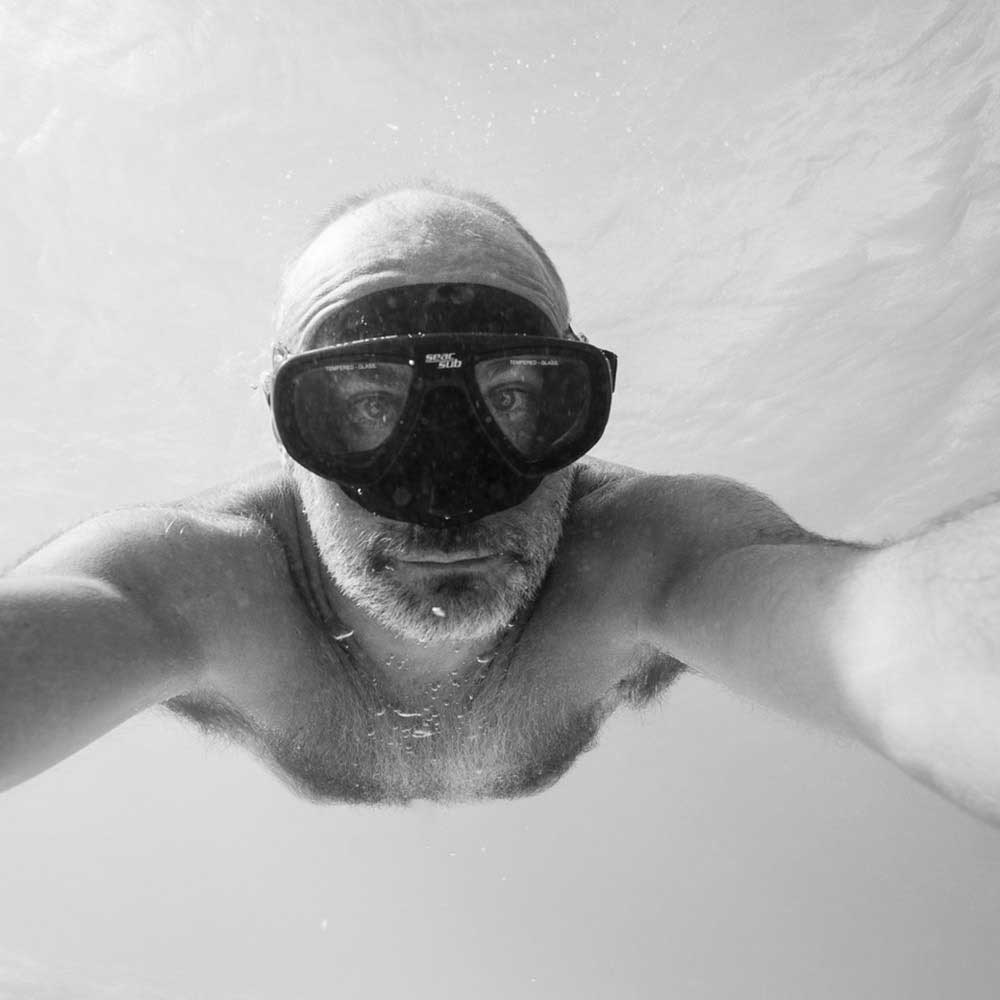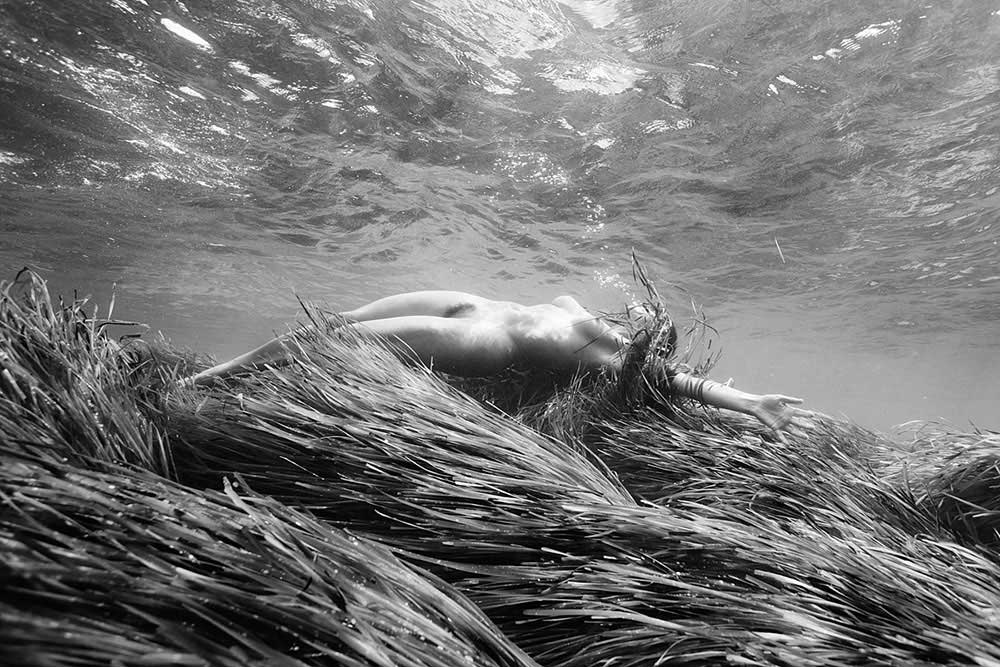Christophe Vermare, French photographer born in 1971, enjoys shifted projection of the reality. Along his university curriculum, he discovered, via the «modern physics theories», some thinking approaches close to his personal feelings.
Observations considered more as projection of the «reality» biased by the observer brain and less as absolute facts. He likes the simple idea that everyone is distorting the reality around him since he may affect the reality perception of others. This influence depending on the intensity of one believes and dreams. [Official Website]
Can you explain us the idea or the story behind this image?
My basic, and quite common, photographic objective is to look after or reproduce ,via a photograph, the emotions I feel under given circonstances. This image is part of the « O’gènes » series, underwater photographs to be exhibited in Arles at « Festival Européen de la Photo de Nu » FEPN 2021 (http://www.fepn-arles.com/christophe-vermare) (2020 edition has been postponed due to COVID 19 crisis).
This series really focuses on the search for communion between underwater nature and humain. Likes digging up into our genes, explore diving potential deeply hidden inside our DNA and simply enjoy to be immersed some more.
Can you explain us what equipment you used for its realization?
As camera equipment, I used a Digital Single Lens Reflex fitted into an underwater housing. The lens is a fixed 20 mm focal. Only natural light. For myself, even if I use scuba gear when I need to dive deeper and stay longer, I prefer free diving.
Tell us how it is taken from the most technical aspect.
With Anne (Model and Spouse), we enjoy free diving. When I see an interesting scene, could be a great light, a pleasant Anne mouvement, a fauna or mineral arrangement, we stop to play around it.
For this image, it was like all of those elements were here together, this kind of magical gift you received when you take the time to look. First I dive few times to select best position and frame, then Anne joins the scene.
What problems and challenges did you face when you took the shot of this image?
When underwater, many challenges add up. Holding its breath is challenging when you need to focus, check details into the frame, be sure to catch this « perfect » instant. I get so excited when the body conforms to better exist with in this environment I love it so much.
For this photograph, I remember two extra chalenges: the waves (adding up and down motion especially at such low depth) and the sideway current. I anchored myself at the bottom using a nearby rock and it required many attempts for Anne to be nicely positioned, we want to capture this relation between her body shape and the Possidonia motion. We could have waited for smother conditions but the agitated surface and the strong current add a lot to the light quality, surface texture and mouvement.
We are talking about the postproduction process. How do you get the final result?
My postproduction approach is based on my analog darkroom experience: start with a good exposed picture and adjust the level and contrast globally then on specific parts of the image.
For this underwater series, a crucial part of the postproduction was the final output: the print. It has been thought since the beginning: Printing on paper will not reproduced this emotion from the light coming to me through water. I knew I will have to exhibit those photographs using backlighting boxes. So I made few prototypes and I end up with a few centimeter thick wood frame (up to 120x90cm), analog prints on translucent film and electronically adjusted LED array on the back. This setup fulfills my expectation and will be the supports for the coming exhibition.








